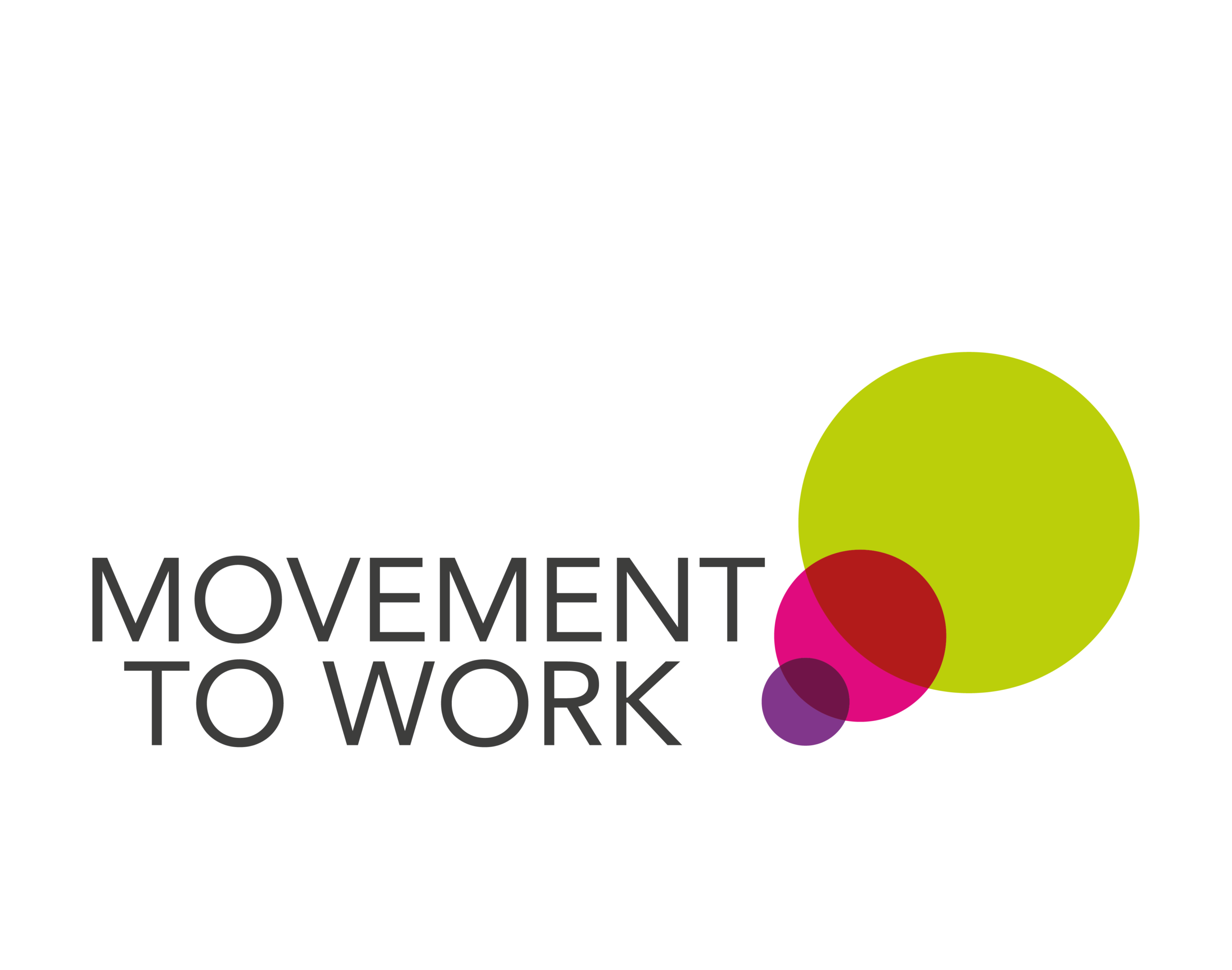The quarterly Chartered Institute of Personnel and Development (CIPD) Labour Market Outlook report provides an insight of future changes to the labour market around recruitment, redundancy and pay intentions. The findings are based on a survey of more than 1,000 employers.
The research found that demand for staff is high, as evidenced through the record number of vacancies and the forward-looking indicators on recruitment intentions in the report. By contrast, the supply of candidates is severely restricted for several reasons.
First, the unemployment rate is low, meaning fewer people are available and looking for work. Second, there are simply fewer people in the labour market than before the pandemic. This is partly due to immigrants who returned to their home countries, but much of it is the early exit from the labour market by older workers. A third reason is that employers are trying their hardest not to lose staff. The official redundancy rate is at a record low, and forward-looking redundancy intentions are below pre-pandemic levels. Retention is therefore seen as being as critical as recruitment is in enabling organisations to manage their workforce.
The report provides new insights into what employers are doing to boost recruitment and retention. Employers are responding with the most obvious strategy of raising wages by about 3%, which they are doing for both new hires and the existing workforce. However, with the Bank of England forecasting inflation to reach an eye-watering 7.25% in April 2022, this means that most people will be looking at a real-terms pay cut in 2022, as while pay awards will be big, inflation is expected to be bigger, even before pressures on supply chains caused by the conflict in Ukraine are factored in.
Key findings were: –
- Employers have responded to recruitment challenges by raising pay (48%), advertising more jobs as flexible (46%) and upskilling existing staff (44%).
- Almost half of employers (46%) have hard-to-fill vacancies. These are most common in healthcare (64%), public administration and other public sector (52%), and construction (51%).
- Very few employers (6%) plan to decrease staff levels over the next quarter. The proportion planning redundancies stands at 11%, compared with 10% last quarter and 16% before the pandemic.
- Employers expect median basic pay awards to be 3%, the highest recorded for nearly a decade in research carried out by the CIPD.
To see the full CIPD report click here.
